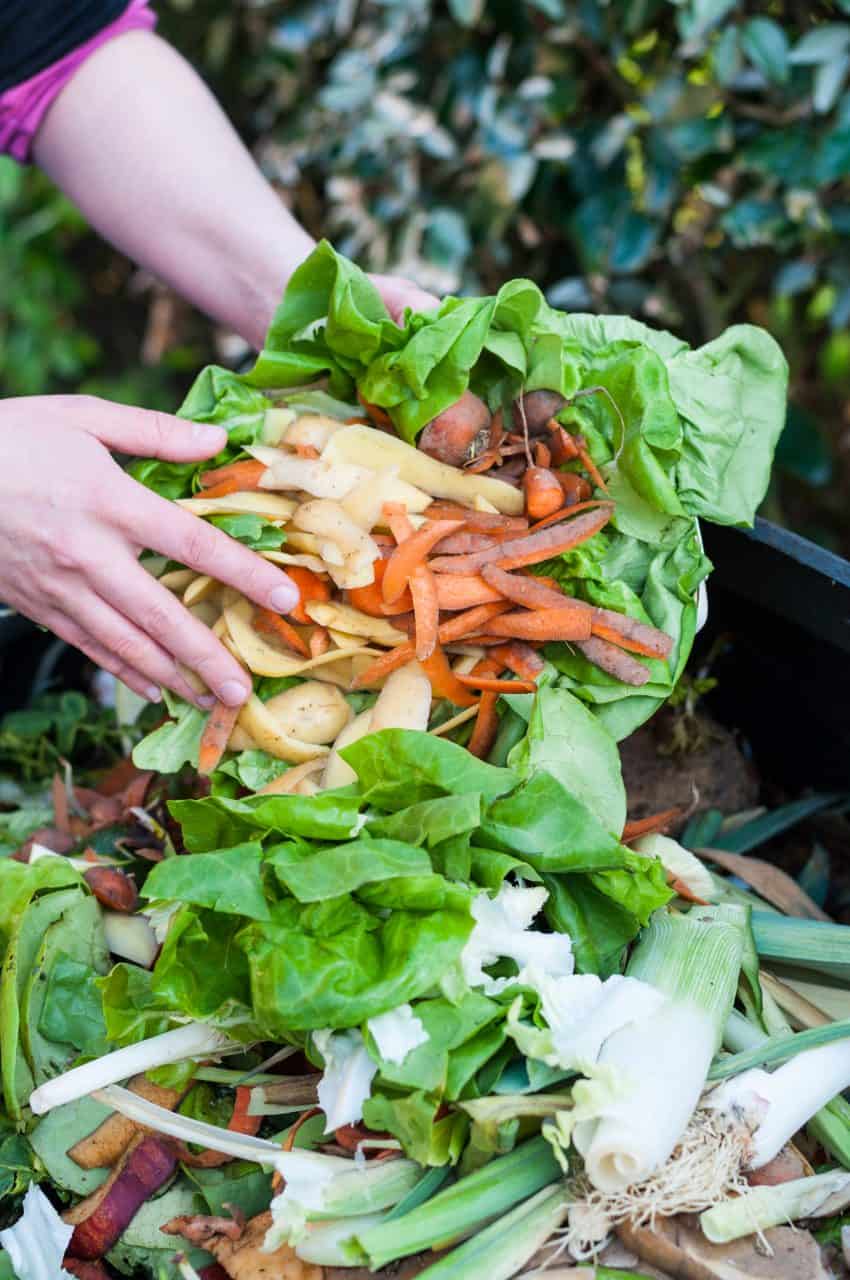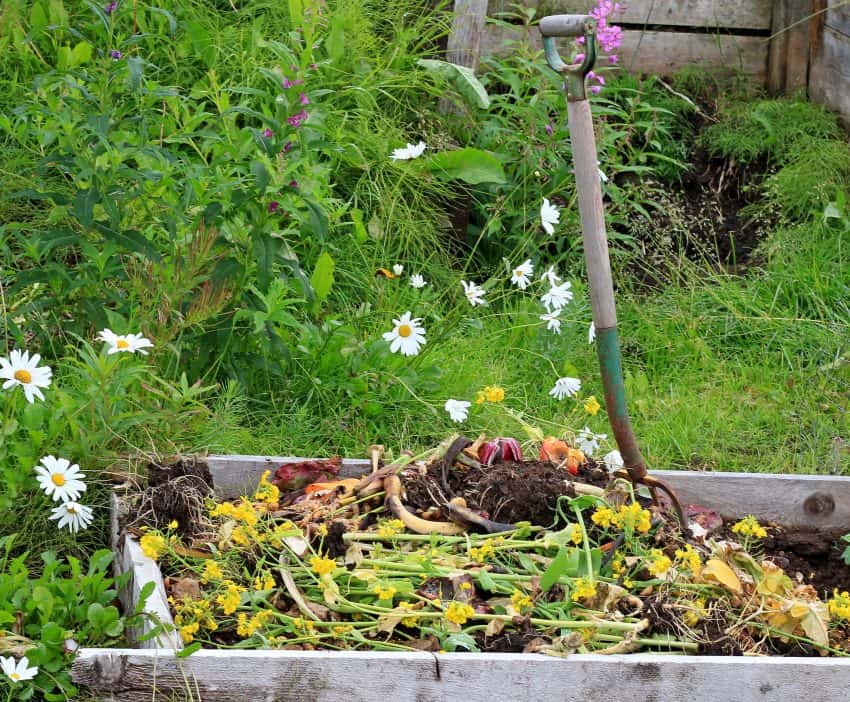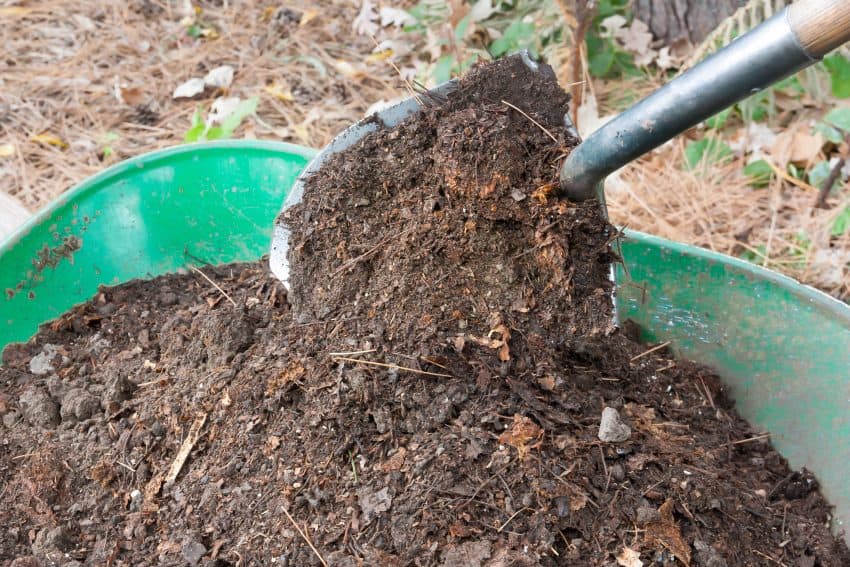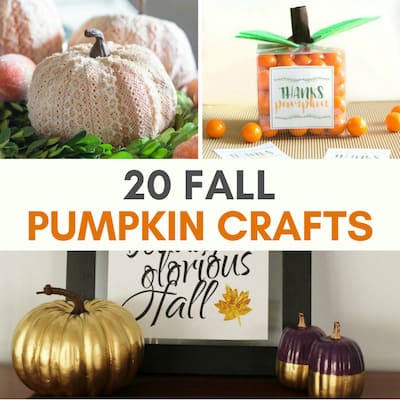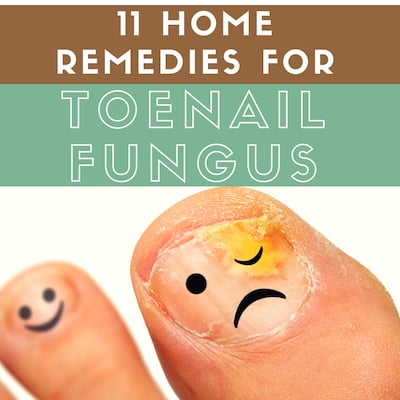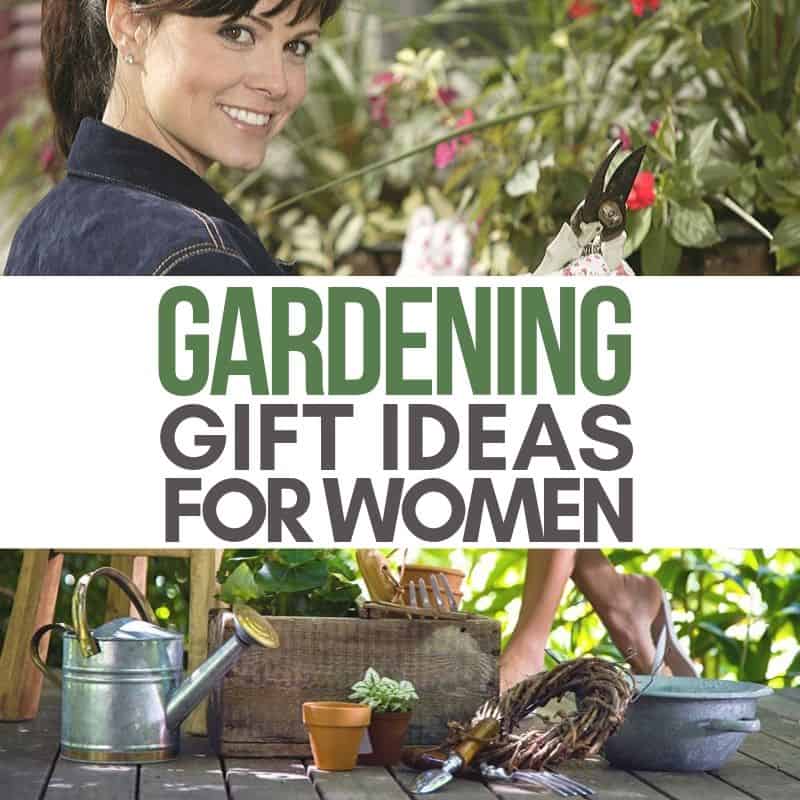How to Start Composting – Composting for Beginners
As an Amazon Associate and member of other affiliate programs, I earn from qualifying purchases.
Most of us have an idea of what composting is. Maybe you overheard your friend who grows her own organic herbs say that they compost, or maybe a childhood friend’s family used their table scraps to make nutritious mulch for their fragrant and colorful garden. In this guide to composting, you will gain the knowledge and skills to learn how to make compost of your own.
The Beginner’s Guide to Composting
Composting is the ultimate cost-effective way to make sure you’re using every bit of the food you eat while helping your garden grow naturally.
There are three types of composting: a compost pile or heap, container composting, and trench composting. This post will help you start a composting pile or heap because it is the easiest for beginners to learn, and the method most employed by plant-savvy people.
Why Should You Compost?
Environmental Impact. Did you know that 30% of what people throw away can be composted? Imagine your garbage load being cut in a third!
While you may think there’s no harm in tossing a banana peel in the trash, organic waste in the landfills is not a good thing. This matter emits methane, a dangerous greenhouse gas, due to rubbish being piled on top of it as it gets broken down.
On the other hand, composting will instead let oxygen into the organic matter as it decays, releasing little to no methane gas.
Better Gardens. Outside of how good composting is for mother nature, it’s also fantastic for your personal garden.
Composting can help your plants yield more produce, and your flowers become brighter by creating a rich organic fertilizer that will ward off plant diseases and stimulate plant growth.
Reduction of Harmful Chemicals in the Garden. Some people think they can create these same benefits with harsh chemicals and commercial fertilizers, but they can actually burn the roots of your plants, or render them inedible if you are growing vegetables and fruits.
How to Start Composting
Composting is so easy. All of the above benefits are great, but the real cherry on top is learning how to compost is actually very easy. You’ll wonder why you didn’t start earlier!
What do I Need to Start Composting?
Green Waste: This will be food waste that adds nitrogen to the compost heap. You need to add green waste into your compost pile along with brown waste.
Note: although it is called “green waste” the items may not actually be green. Odd, right?
Green waste includes:
- Uncooked fruits and vegetables – to reduce smell and speed up the process, chop or shred larger pieces
- Coffee grounds – go ahead and add the coffee filter as well
- Tea bags
- Nutshells
- Grass clippings – not treated with pesticides
- Houseplants – not treated with pesticides
- Annual Weeds – not treated with pesticides
Brown Waste: This type of waste will add carbon to the compost heap. Again, just because it’s called “brown” waste doesn’t mean everything will be brown.
These include:
- Dead leaves
- Branches
- Twigs
- Hay and straw
- Sawdust
- Wood chips – add sparingly
- Dryer lint
- Hair and fur
- Fireplace ash – sprinkle over a large area
- Vacuum lint
- Eggshells
- Cardboard – including cereal boxes, tubes from toilet paper and paper towels
- Paper – here you will need to be a bit more selective. Items such as paper bags and newspapers work great, while glossy magazines and catalogs do not
Things not to include: These items should never be added to your compost pile. They will add harmful bacteria or chemicals that can damage the natural ecosystem of the mix. Additionally, some of these items will also attract bugs and pests such as rodents and raccoons.
- Diseased plants or weeds that have seeded
- Cat and dog waste
- Cat litter
- Human waste
- Baby’s diapers
- Meat, dairy, fat or oil products
- Charcoal or coal ash
- Cooked vegetables, meat, and dairy products
- Fat and oil products
Other Composting Supplies You Will Need
Water: This will be used to moisten the brown waste and the compost pile.
Optional Tarp: This will help keep your compost moist, especially in a warm, dry climate.
Pitchfork or Shovel: This is necessary to turn the compost every week or couple of weeks.
What Do You Put the Compost In?
So now that you know what goes in your compost, you’ve got to find a special spot where you can stash your goodies. There are many types of compost bins.
Here are some options:
Compost Tumbler: If you live in an area without a lot of yard space, you can purchase a tumbler to create an environment for composting that is enclosed and easy to turn.
Worm Composter: The Hot Frog Living Composter is a great tool to start for worm composting. This ingenious, multi-tray system has varied advantages for composting from special drainage routes for “Worm Tea” to special tunnels the worms can travel the trays through. If you have little outdoor space or are comfortable keeping a compost bin in the house, this is the one for you.
Compost Bin: In an area with a small yard that does not have space for a heap, using a bin can be space saving and easy. Make sure the bin has holes at the bottom. For an added bonus, get a bin that has a lid that can be secured so that to turn the compost over, you just need to lay it on the ground and roll it. An optional plank of wood in the bin can help move the compost around while being turned.
How to Compost
The first step in starting your compost pile is to add your layers. Here’s how:
- Find a dry, shady spot that you can easily reach with a hose.
- Pile green and brown waste in that spot. Start with a base layer of straw or twigs. Then, alternate 3-4″ layers of green waste and brown waste.
- Add water every time you add dry materials in.
- Cover the pile with a few inches of soil
- Keep the moisture in by covering the heap with a tarp. This is highly recommended as it can help deter unwelcome visitors as well.
After the pile has started:
- Check if the pile is heating up. It should be around 130-150°F. This can be tested by using a thermometer or by placing your hand in the center of the pile or bin—the temperature should feel almost uncomfortable.
- If it starts to smell, mix in more brown waste.
- If the pile looks very dry, water it enough to make it moist.
- Cover with a tarp when heavy rain is expected to keep heat in and stop excess runoff.
- Turn the pile every week or couple of weeks using a pitchfork or shovel.
- Add new green and brown waste about 10 inches deep into the pile.
FAQ’s About Composting
How can You Tell if the Compost is Done?
The compost at the bottom of the pile will turn dark and rich. This may take between two months and two years. An established heap will take less time to compost new materials. It will look and smell like soil.
How to Use Compost
Once it is ready, you can mix it into your current garden soil to give your plants a nutritious pick-me-up. Alternatively, you can store it in sacks for later use.
Can you Buy Compost?
Yes, you can. However, the environmental benefits may decrease if you opt for this method. If you opt for buying compost, make sure there are few to no unnecessary ingredients and absolutely no garbage such as plastic inside.
Compost should feel light and fluffy and have a dark appearance. Live insects and worms in the compost are a great sign that it can support life.
Those who prefer organic gardening should be aware that if you buy compost, there will most likely be some pesticides in it from grass clippings.
A great alternative is to research farmers or others who sell organic compost. Plus, this helps support local agriculture which is a win-win.
What are the Environmental Benefits of Composting?
There are so many. First, you will reduce the use of fossil fuels and decrease the production of methane. Compost also helps to limit how much waste is going to landfills while creating healthy areas for plants to grow, resulting in a reduction of chemical fertilizers and pesticides.
Can I put Cooked Food in my Compost?
No! This will attract unwanted pests. Only raw vegetables and fruits should be added to your pile.
Can I put Weeds in my Compost?
Yes, but only if the compost is hot. Weed seeds need 30 days of 140°F temperatures to be killed off.
Can I put Human or Animal Waste in my Compost?
Definitely not. This can add harmful bacteria to the pile, which could transfer to your homegrown produce.
Do I need a lot of Space to Start Composting?
No. A compost bin can take up very little room. Worm composting can be done completely inside to great effect without smelling.
Phew. That was a lot of info, but you are fully prepared with everything you need to start a thriving compost pile of your own.
Have you started composting?
Share your experience in the comments below!


